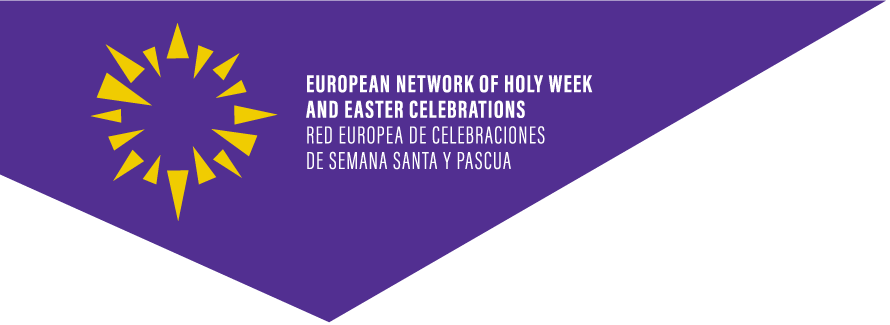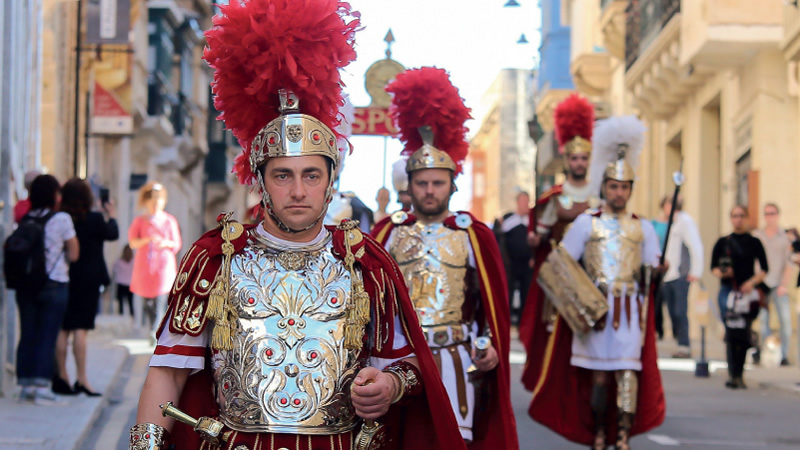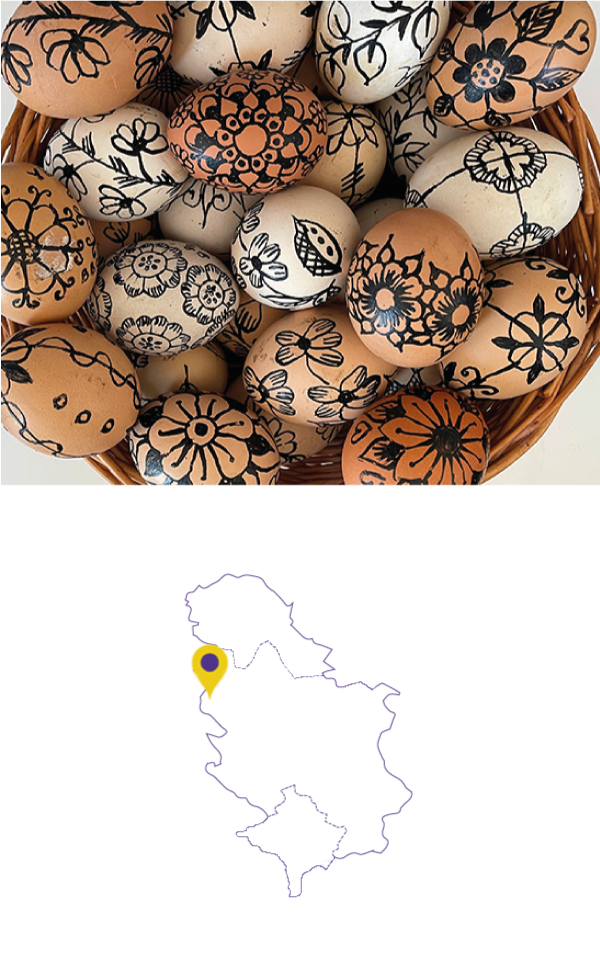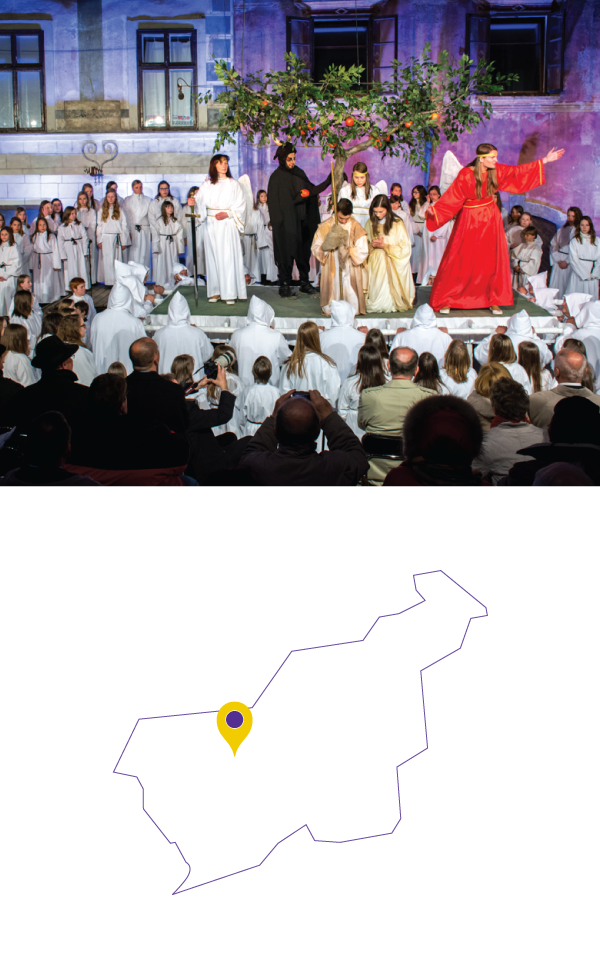Żejtun (also called Iż-Żejtun) is a medium sized town in the south of Malta. Żejtun holds the title of Città Beland, which was bestowed by Ferdinand von Hompesch zu Bolheim, Grandmaster of Knights of Malta in 1797, Beland being his mother’s surname.
Żejtun takes its name from the Sicilian Arabic for “olive”- zaytun (comparable to the Spanish and Portuguese, “aceituna” and “azeituna” respectively), which was one of the main productive industries in Malta.










